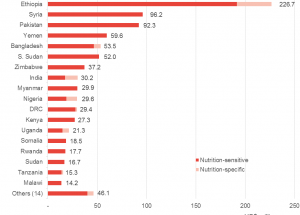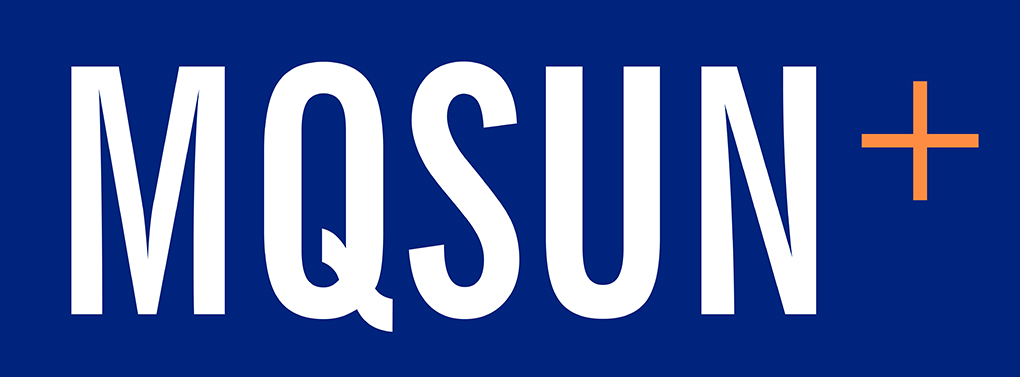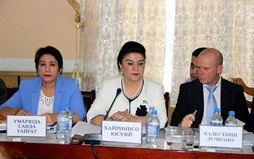As efforts continue to better understand donor funding for nutrition, Development Initiatives analysed the latest nutrition aid spending by the United Kingdom’s (UK) Department for International Development (DFID). Here we explore the key trends.
1. Total spending on nutrition by DFID is increasing
DFID’s spending on nutrition has been on an overall upward trend since 2010, and according to the latest data it reached its highest level of US$1 billion in 2015.
2. Nutrition receives a growing proportion of UK aid spending
While the UK’s total bilateral aid budget decreased between 2014 and 2015, the proportion that went to nutrition increased from 8.8% in 2014 to 10.6% in 2015.
Figure 1: The volume of DFID’s nutrition spending, and that as a proportion of total bilateral aid is increasing
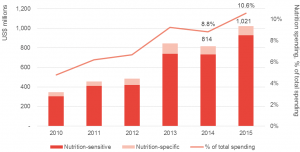
3. DFID is funding an increasing number of nutrition-related projects
After a dip in 2014, DFID funded a peak number of projects in 2015 that are either nutrition-sensitive or nutrition-specific. Most projects are nutrition-sensitive, but the proportion of projects that are nutrition-specific is increasing.
Figure 2: The total number of DFID-supported nutrition projects is increasing, with a peak in nutrition-specific projects in 2015
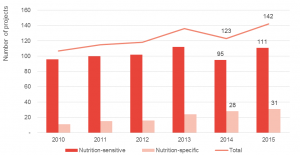
4. With almost half of total allocations between 2010 and 2015, humanitarian interventions receive the largest proportion of DFID’s nutrition-sensitive aid
While sector trends in DFID’s nutrition-sensitive spending have stayed largely the same, with humanitarian spending accounting for the largest proportion, there was a notable increase in funding to social services in 2015.
Figure 3: The humanitarian sector receives the largest proportion of DFID’s nutrition-sensitive funding
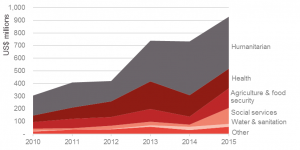
5. Sub-Saharan Africa receives the majority of DFID’s aid spending on nutrition, but there has been a notable increase to the Middle East
While sub-Saharan Africa continues to receive most funding (54% in 2015), the Middle East saw a five-fold increase in nutrition spending (16% in 2015), primarily due to humanitarian crises in Yemen and Syria.
Figure 4: Sub-Saharan Africa receives the majority of DFID’s nutrition aid, and the proportion to the Middle East is increasing
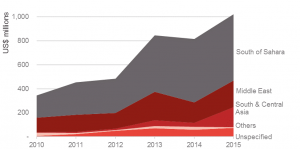
Ethiopia received a mixture of nutrition-sensitive and nutrition-specific funding.
Figure 5: Ethiopia receives the most nutrition-related aid from DFID, followed by Syria and Pakistan
